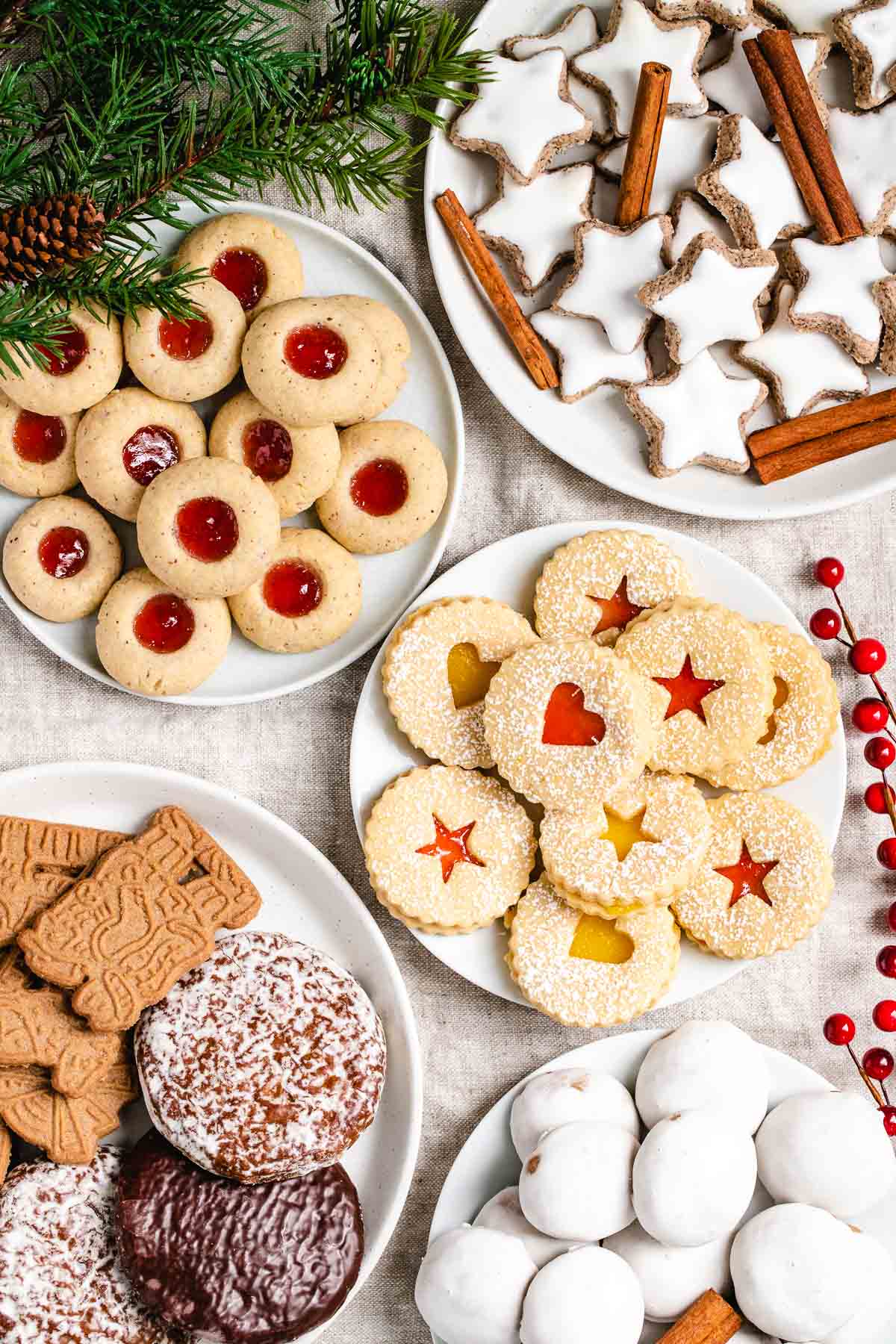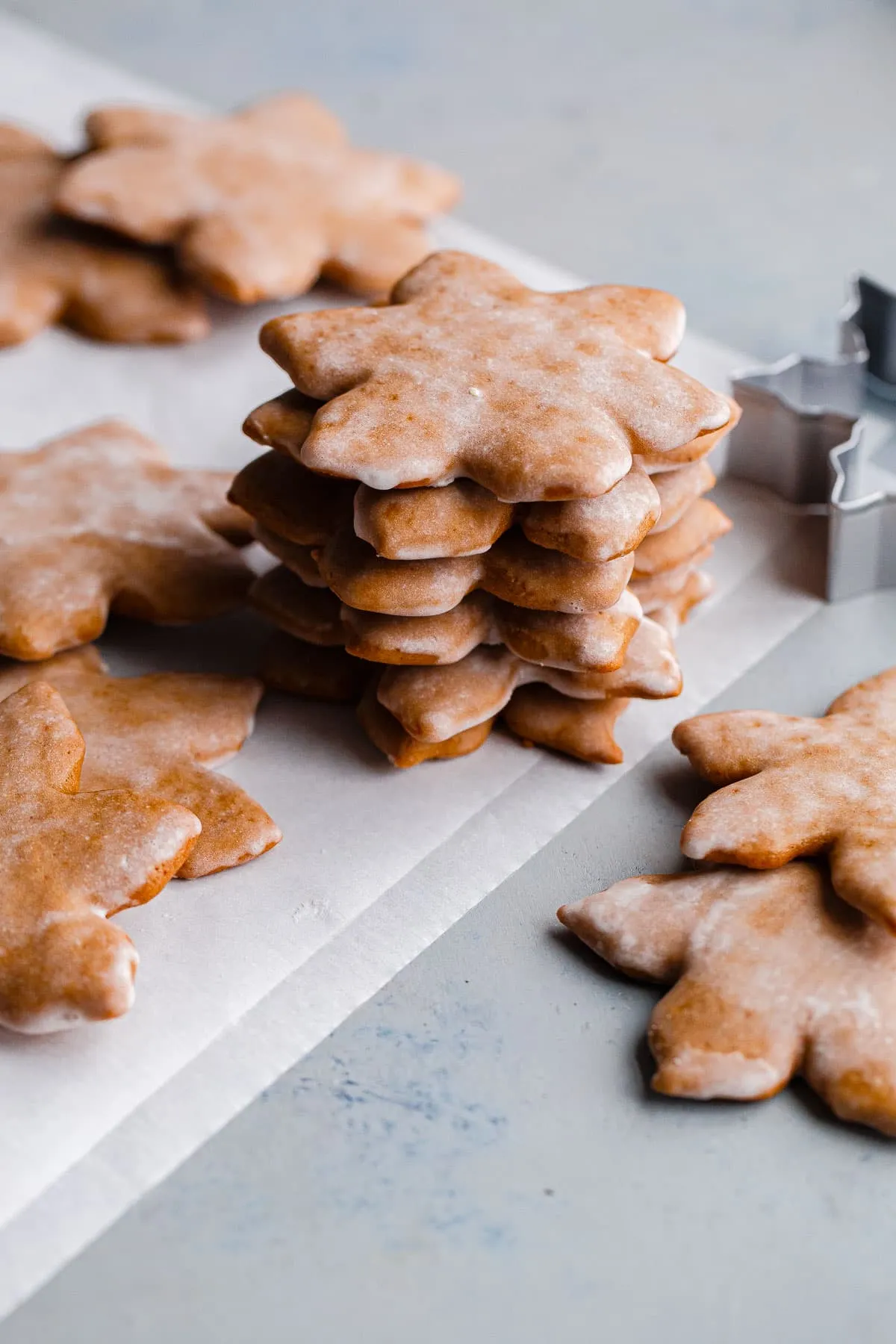
German Holiday Baking Traditions: A Complete Guide to Authentic Christmas Cookies and Treats
Discover the rich heritage of German holiday baking traditions, from centuries-old recipes to modern adaptations. Learn authentic techniques for creating beloved Christmas treats like Lebkuchen, Stollen, and Vanillekipferl that have warmed German homes for generations. For more authentic German cultural experiences, visit NatureGuests.
The Rich History of German Holiday Baking
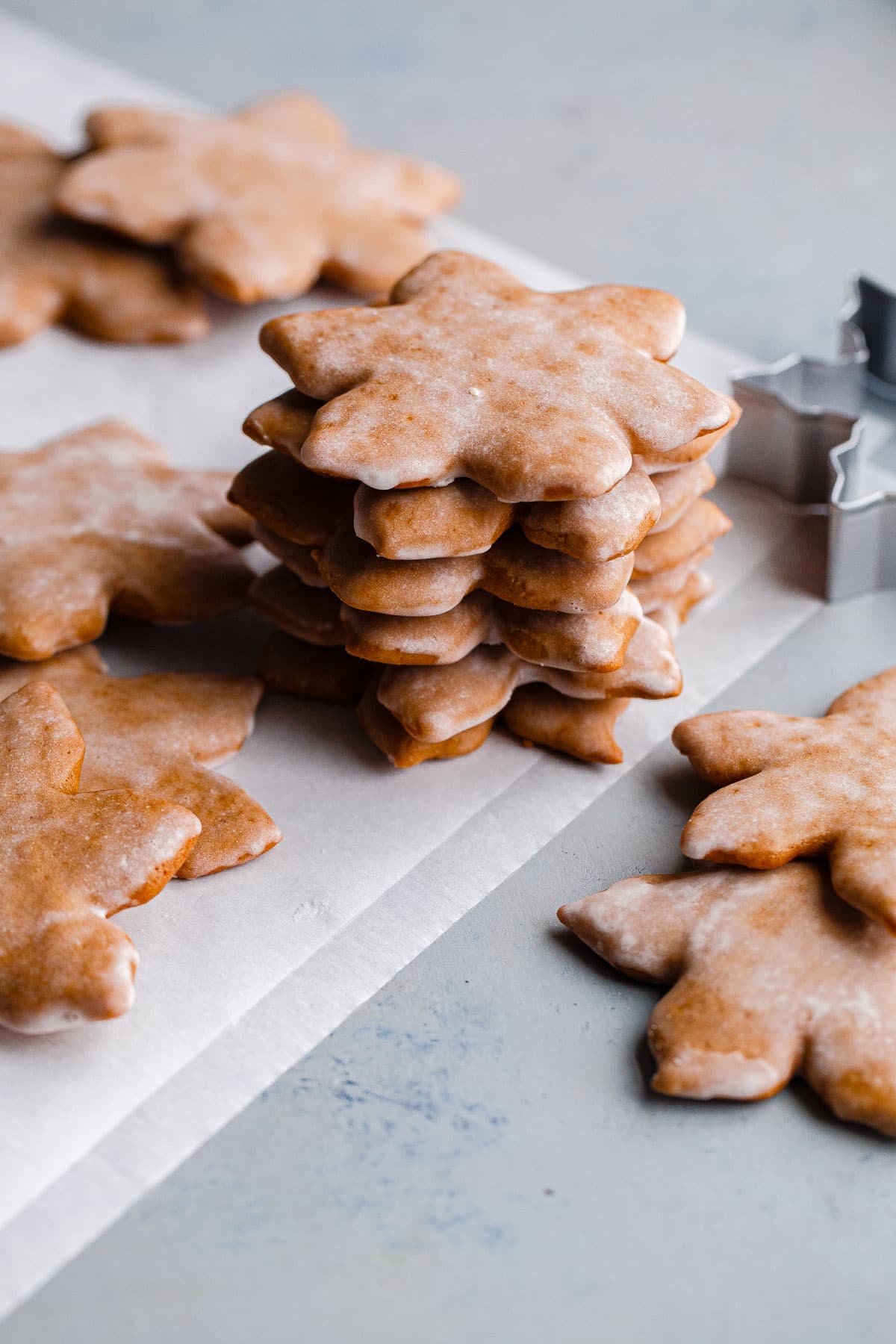
German holiday baking traditions trace their roots back to medieval monasteries, where wealthy religious communities could afford expensive oriental spices like cinnamon, cloves, ginger, and cardamom. These spices were essential for creating the most delectable holiday sweets, and monks with a sweet tooth began crafting elaborate baked goods for Christmas celebrations.
The tradition of Weihnachtsplätzchen (Christmas cookies) finds its origins in Germany's medieval monasteries during the 12th and 13th centuries. These religious institutions possessed the resources and knowledge necessary to experiment with exotic spices imported from distant lands, creating what would become the foundation of popular German Christmas traditions.
The word Lebkuchen itself carries historical significance, derived not from the German word Leben (life) as commonly believed, but from the Latin word libum, referring to flat dough offerings used during church services. This connection to religious practices highlights how deeply embedded these baking traditions are in German cultural and spiritual heritage.
By the 14th century, cities like Nuremberg had become renowned centers for gingerbread production, with strict guild regulations governing the quality and authenticity of these precious treats. The tradition of Advent calendar traditions further cemented the importance of daily sweet treats during the holiday season.
Recommended German Baking Cookbook
For authentic recipes and traditional techniques, I highly recommend this comprehensive German baking guide:
The Art of Stollen Making
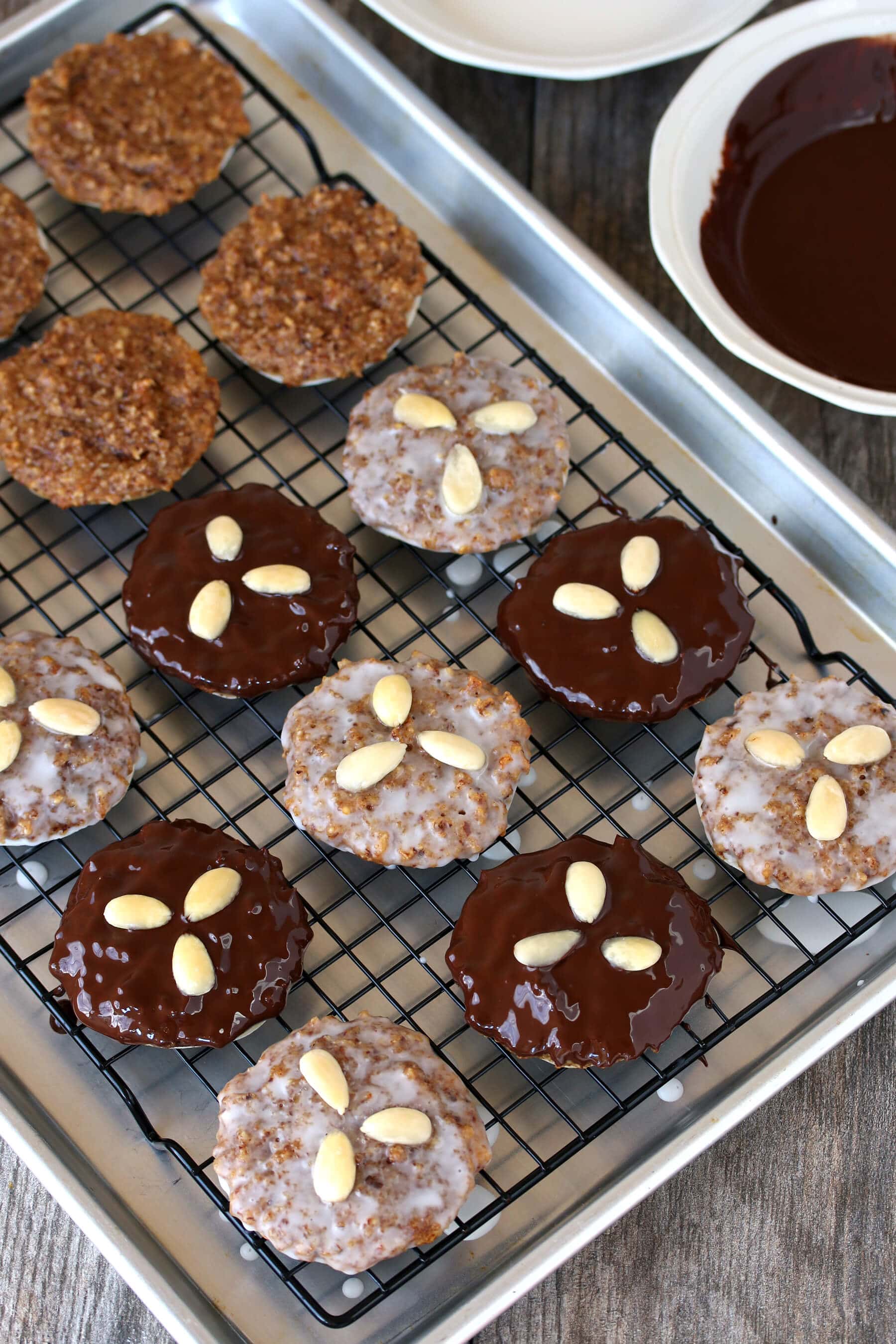
Stollen represents the crown jewel of German holiday baking traditions. This enriched yeast bread, studded with dried fruits, nuts, and marzipan, requires patience, skill, and understanding of traditional techniques that have been refined over centuries. The word "Stollen" means "log post," symbolizing the load-bearing power of Jesus in Christian tradition.
The earliest documented mention of Stollen dates to 1329, when Bishop Heinrich of Naumburg officially received this treat as a gift. Originally, medieval Stollen was a rather thin bread suitable for Advent fasting, but over time it evolved into the rich, fruit-laden bread we know today. The famous Dresdner Stollen holds protected designation of origin status under EU law, recognizing Dresden's unique contribution to this baking tradition.
Traditional Stollen Preparation Techniques
Authentic Stollen making begins weeks before Christmas with the preparation of rum-soaked fruits. Raisins, currants, and candied citrus peel must macerate in good-quality rum for at least two weeks, allowing flavors to develop and intensify. This process, known as einweichen, is crucial for achieving the complex flavor profile that defines exceptional Stollen.
The dough itself requires careful attention to yeast activation and kneading techniques. Traditional German bakers emphasize the importance of achieving proper gluten development while maintaining the delicate balance between richness from butter and eggs, and the structural integrity needed to support heavy fruit additions.
Professional Stollen Pan
For authentic Stollen shape and even baking, consider this professional-grade pan:
The final dusting of powdered sugar serves both aesthetic and practical purposes, creating the traditional snow-white appearance while helping preserve moisture. Properly made Stollen improves with age, developing deeper flavors over several weeks when wrapped in parchment and stored in a cool, dry place. This aging process connects to the broader German philosophy of St. Nicholas Day celebrations, where anticipation and patience enhance the ultimate reward.
Essential Baking Techniques and Tips
Mastering German holiday baking traditions requires understanding specific techniques that distinguish authentic German baking from other European traditions. These methods, developed over centuries, ensure consistent results and preserve the characteristic textures and flavors that make German Christmas treats so distinctive.
Temperature Control and Timing
German baking emphasizes precise temperature control throughout the process. Unlike rapid American baking methods, German holiday baking traditions favor lower temperatures and longer baking times. Lebkuchen, for example, bakes at 300°F (150°C) for 25-28 minutes, allowing the honey and spices to caramelize slowly without burning.
The concept of ruhen lassen (letting rest) appears throughout German baking. Doughs often rest overnight in cool environments, allowing flavors to meld and gluten to relax. This patience-based approach reflects the German cultural value of thorough preparation and attention to detail that characterizes German Christmas tree customs and other holiday traditions.
Spice Blending and Quality
Authentic German spice blends require whole spices ground fresh rather than pre-ground powders. Traditional Lebkuchengewürz (gingerbread spice) combines cinnamon, cloves, nutmeg, mace, ginger, allspice, coriander, and cardamom in specific proportions that vary by region and family tradition. The spices should be toasted lightly before grinding to release essential oils.
Working with Honey and Molasses
German baking relies heavily on honey and molasses for sweetening and moisture retention. These natural sweeteners require careful handling - they should be warmed slightly before incorporating into doughs to ensure even distribution. The quality of honey significantly impacts final flavor, with German bakers traditionally preferring darker, more robust honey varieties that complement warm spices.
My Experience with German Holiday Baking
My journey into German holiday baking traditions began during a winter visit to Nuremberg's famous Christmas market fifteen years ago. The aroma of freshly baked Lebkuchen wafting through the medieval streets was absolutely intoxicating, and I knew I had to learn these techniques myself.
I spent three weeks that December learning from Meister Hans, a traditional baker whose family had operated their bakery in Nuremberg's old town for five generations. He taught me that authentic German holiday baking traditions aren't just about following recipes - they're about understanding the "why" behind each technique, from the specific humidity levels needed for proper Lebkuchen texture to the exact moment when Stollen dough reaches optimal gluten development.
Lessons from a German Master Baker
Meister Hans's most valuable advice was about patience: "German baking is like German nativity scene traditions - every element must be placed with care and given time to develop properly."
He emphasized that rushing any step, from spice grinding to dough resting, compromises the final result. This philosophy has guided my baking ever since.
The most challenging aspect was learning to recognize proper dough consistency by feel rather than strict measurements. German baking traditions rely heavily on sensory cues - the sound of properly creamed butter, the feel of adequately kneaded dough, the aroma indicating optimal spice balance. These skills develop only through practice and careful attention.
User Reviews and Experiences
"Following traditional German techniques from this guide, my Lebkuchen turned out perfectly soft and flavorful. The spice grinding tips made all the difference!"
"As a German expat, I can confirm these recipes are authentic. My Oma would be proud of the Vanillekipferl made using these traditional methods."
What strikes me most about German holiday baking traditions is their connection to family and community. Every recipe carries stories, memories, and cultural significance that extend far beyond mere ingredients. This depth of meaning mirrors other aspects of German Christmas traditions that emphasize continuity and cultural preservation.
Essential Tools and Ingredients
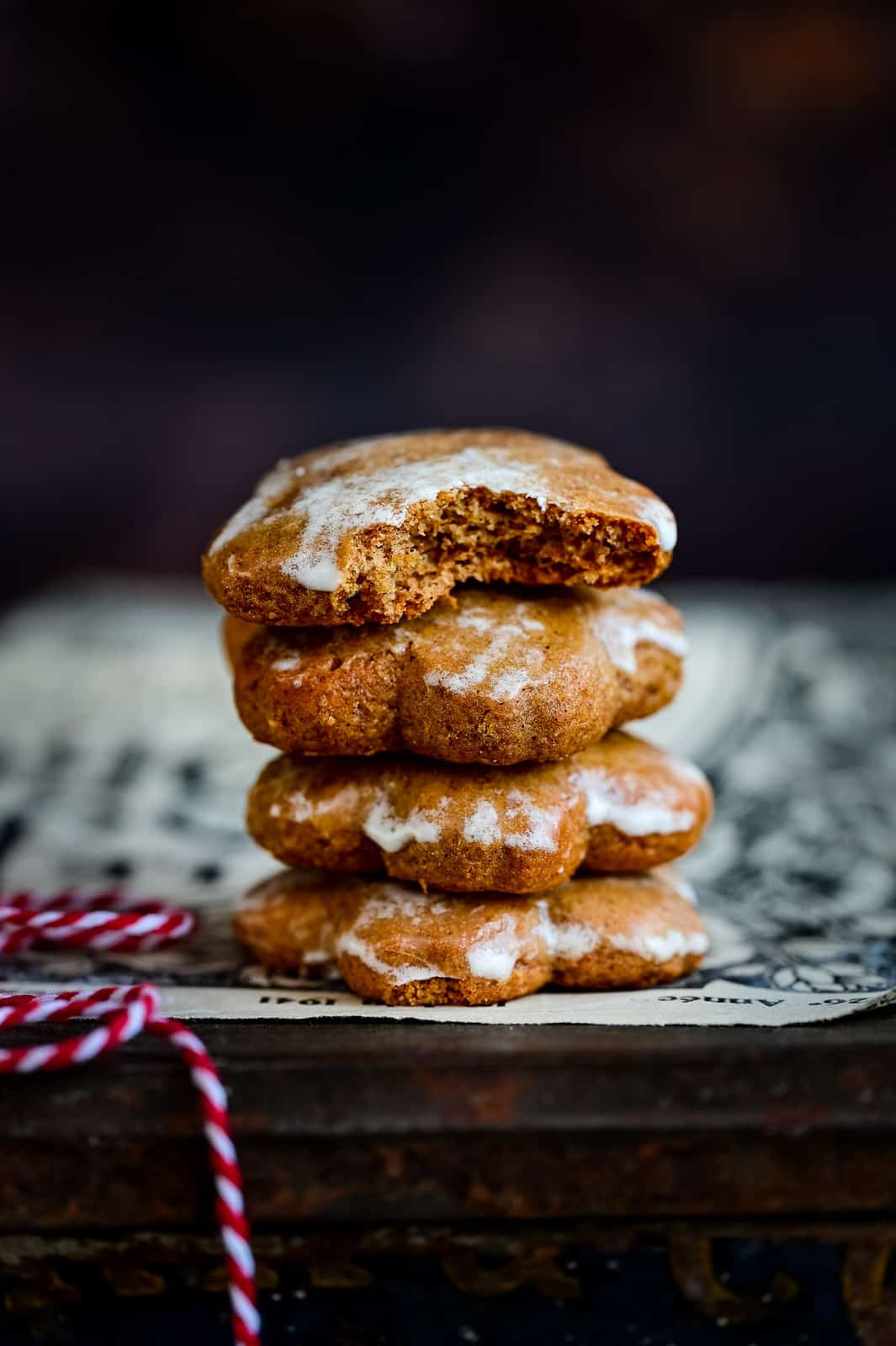
Authentic German holiday baking traditions require specific tools and ingredients that may not be familiar to American bakers. Understanding these essentials helps ensure successful results and authentic flavors that honor centuries of German baking heritage.
Specialized Baking Equipment
Traditional German baking relies on several specialized tools. Wooden cookie molds (Springerle molds) create the intricate designs characteristic of authentic German cookies. A proper spice grinder or mortar and pestle is essential for achieving the fine, aromatic spice blends that define German baking. German bakers also use Backoblaten (baking wafers) as bases for Lebkuchen, preventing sticking while adding subtle flavor.
Must-Have Baking Tools
- Digital kitchen scale for precise measurements
- Wooden spice grinder or mortar and pestle
- Springerle cookie molds
- Backoblaten (baking wafers)
- Heavy-duty stand mixer
Key Ingredients
- Dark honey (preferably German varieties)
- Whole spices for fresh grinding
- High-quality marzipan
- Candied citrus peel (Zitronat, Orangeat)
- European-style butter (higher fat content)
Pros and Cons of Traditional vs. Modern Approaches
Traditional Methods - Pros
- • Authentic flavors and textures
- • Cultural preservation and continuity
- • Superior ingredient quality focus
- • Time-tested reliability
Traditional Methods - Cons
- • Time-intensive preparation
- • Specialized ingredients can be expensive
- • Requires significant skill development
- • Less forgiving of mistakes
Modern Adaptations - Pros
- • Faster preparation times
- • More readily available ingredients
- • Beginner-friendly approaches
- • Consistent results
Modern Adaptations - Cons
- • May compromise authentic flavors
- • Loses cultural significance
- • Ingredient quality variations
- • Misses traditional texture nuances
The key to successful German holiday baking lies in balancing traditional authenticity with practical modern considerations. While maintaining core techniques and quality ingredients, modern bakers can adapt timing and equipment to fit contemporary lifestyles while preserving the essential character of these treasured German folklore traditions.
Frequently Asked Questions
When should I start baking German Christmas cookies?
Traditional German holiday baking traditions begin in early November, particularly around Buß- und Bettag (Day of Repentance and Prayer). This timing allows cookies to develop their full flavor profile through proper aging. Lebkuchen and Stollen actually improve with time, developing deeper, more complex flavors over several weeks when properly stored. Starting early also spreads the workload across several weeks, making the baking season more enjoyable and less stressful. Many German families dedicate specific weekends to different cookie varieties, creating a month-long celebration of baking traditions.
What makes German Lebkuchen different from regular gingerbread?
German Lebkuchen differs significantly from typical gingerbread in texture, ingredients, and preparation methods. While regular gingerbread is often hard and crispy, authentic Lebkuchen are soft, cake-like cookies with a chewy texture. They're made with honey and molasses rather than just molasses, creating a more complex sweetness. Traditional Lebkuchen incorporate ground nuts, candied citrus peel, and are baked on Oblaten (thin wafers) rather than directly on baking sheets. The spice blend is also more complex, often including cardamom, coriander, and mace alongside the typical gingerbread spices. This combination creates the distinctive flavor and texture that has made Lebkuchen famous worldwide.
Can I substitute ingredients in traditional German recipes?
While some substitutions are possible, German holiday baking traditions depend heavily on specific ingredients for authentic flavors and textures. Honey shouldn't be replaced with corn syrup, as it provides unique enzymes and flavor compounds essential to proper Lebkuchen. Ground nuts can sometimes be substituted (almonds for hazelnuts), but each creates different textures. Candied citrus peel can be made at home if commercial versions aren't available, but avoiding it entirely changes the fundamental character of traditional recipes. Spice substitutions should be minimal - if you can't find mace, increase nutmeg slightly, but maintaining the complete spice profile is crucial for authenticity. When substitutions are necessary, understand they'll create variations rather than traditional results.
How long do German Christmas cookies stay fresh?
Properly stored German Christmas cookies have excellent keeping qualities, which was historically important for winter food preservation. Lebkuchen stored in airtight containers maintain optimal texture and flavor for 4-6 weeks, often improving during the first two weeks as flavors meld. Vanillekipferl stay fresh for 2-3 weeks when stored with parchment between layers. Stollen wrapped in parchment and stored in cool, dry conditions actually improves for up to 6 weeks. The key is proper storage - most German cookies should be kept in airtight containers at room temperature, away from heat and humidity. Some bakers add a slice of apple or piece of bread to containers to maintain optimal moisture levels, replacing these items weekly to prevent mold.
What's the significance of different cookie shapes in German traditions?
Cookie shapes in German holiday baking traditions carry deep cultural and religious significance rooted in medieval symbolism. Crescent shapes (Vanillekipferl) represent the moon and lunar cycles, connecting to ancient winter solstice celebrations. Star shapes (Zimtsterne) symbolize the Star of Bethlehem and divine guidance. Heart shapes represent love and family bonds strengthened during the holiday season. Animal shapes, particularly those made with Springerle molds, often represent prosperity and good fortune for the coming year. The log shape of Stollen symbolizes the swaddled Christ child or, alternatively, the logs burned during winter celebrations. These symbolic meanings were particularly important when literacy rates were low, allowing families to share cultural and religious stories through edible symbols during Christmas Eve customs.
Conclusion
German holiday baking traditions represent far more than simple recipes - they embody centuries of cultural heritage, family bonds, and seasonal celebration. From the monastery origins of Lebkuchen to the guild-regulated perfection of Nuremberg's gingerbread, these traditions connect us to generations of bakers who understood that creating something beautiful and delicious requires patience, skill, and respect for time-honored methods.
The techniques and recipes we've explored reflect the German values of thoroughness, quality, and attention to detail that characterize not just baking, but many aspects of German culture. Whether you're attempting your first batch of Vanillekipferl or perfecting a family Stollen recipe, remember that authentic German holiday baking traditions reward patience and practice with incomparable flavors and textures.
As you embark on your own German baking journey, consider how these traditions connect to broader German Christmas decoration meanings and gift-giving customs. The act of baking these treats becomes a form of cultural participation, preserving traditions while creating new memories in your own kitchen.
Most importantly, German holiday baking traditions remind us that the best gifts often require time, effort, and love - values that resonate strongly during the holiday season. Whether shared with family, given as gifts, or simply enjoyed with a cup of coffee on a cold winter morning, these baked treasures carry the warmth and richness of German holiday heritage into our modern celebrations. For more insights into authentic German traditions, continue exploring our comprehensive guides at NatureGuests.
Start Your German Baking Journey Today!
Embrace the rich traditions of German holiday baking and create memories that will last for generations.



